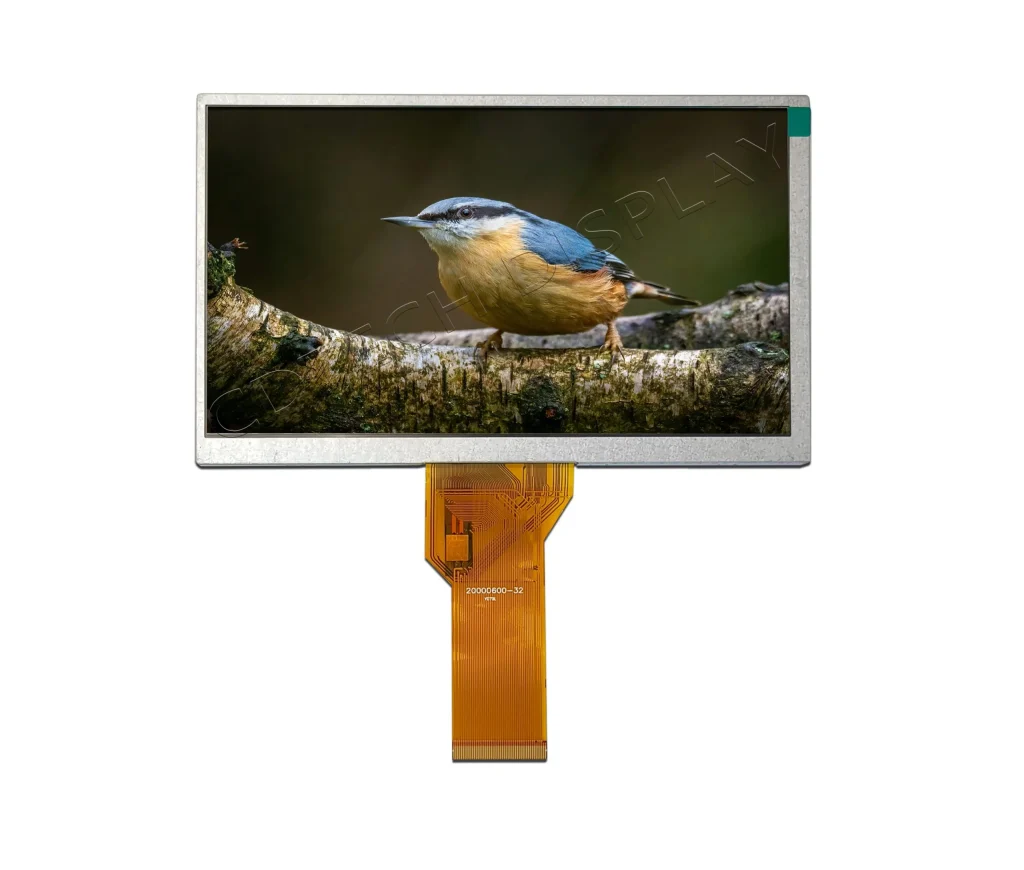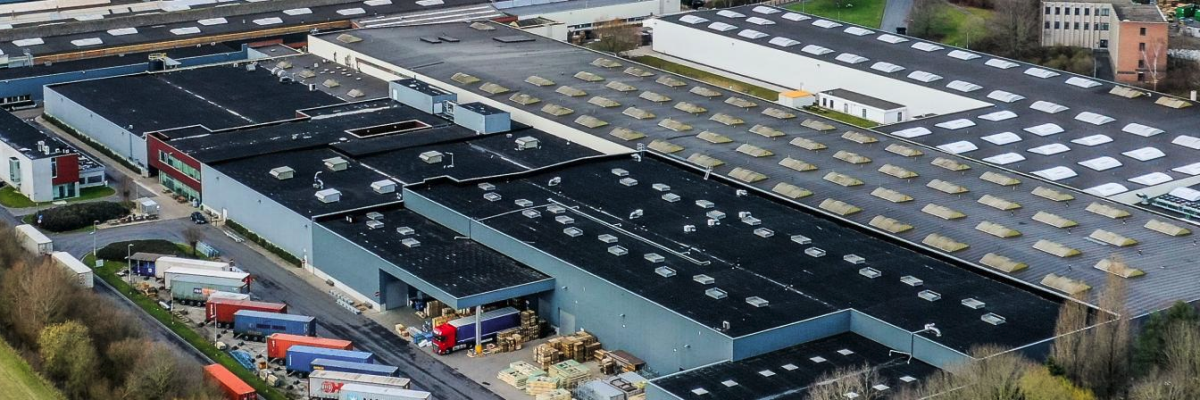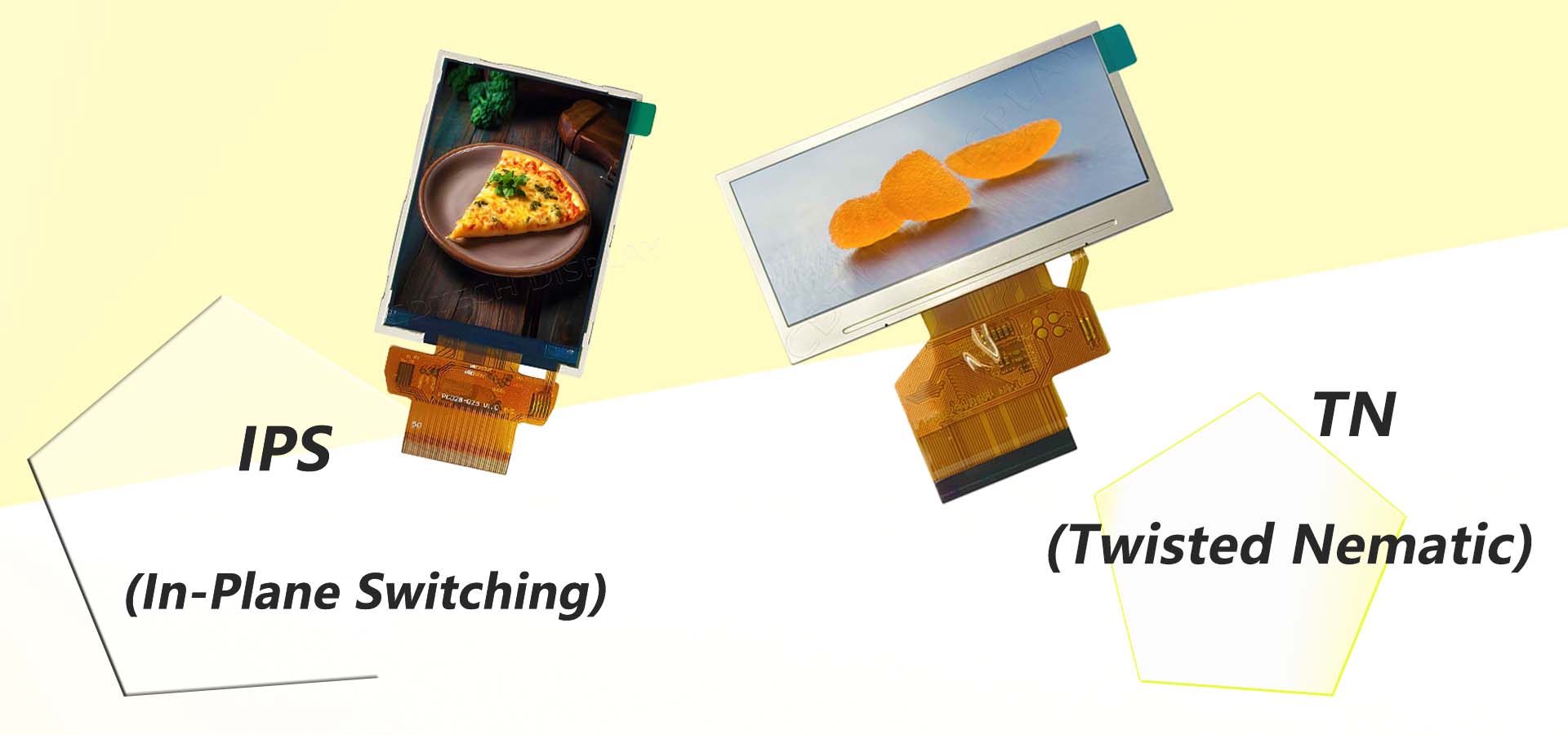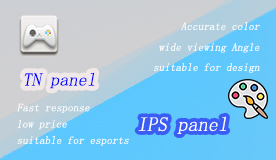How Do TN Panels Compare to IPS and VA in Display Quality?

History and Development of TN Matrix Technology
The Origins of Twisted Nematic (TN) Technology
Twisted Nematic (TN) technology appeared in the late 20th century. It marked a big step forward for liquid crystal displays (LCDs). TN used the special features of liquid crystals to manage light and form images. These panels were some of the first LCDs. They offered a cheaper alternative to old cathode ray tube (CRT) monitors. Their creation made flat-panel displays more practical and easier to access.
Key Milestones in the Evolution of TN Panels
TN technology has improved a lot over time. Early versions had issues with narrow viewing angles and weak color quality. New methods for aligning liquid crystals and better backlighting systems boosted their performance. By the early 2000s, TN panels were popular in devices like computer monitors and TVs. Their low price and fast response times drove their widespread use.
TN Matrix Construction and Principle of Operation
The Structure of TN Panels
A TN panel includes several important layers. It has two glass substrates covered with transparent electrodes at its core. A layer of liquid crystals, set in a twisted arrangement, lies between them. Polarizing filters sit on each side of the panel. One is horizontal, and the other is vertical. This design controls light passing through the panel effectively.
How Twisted Nematic Technology Works
Applying voltage to a TN panel changes the liquid crystals’ alignment. In their normal state, the crystals twist at 90 degrees. This allows light to pass through both polarizers to create an image. When voltage activates them, the crystals untwist. This blocks or adjusts light based on the needed output. The process controls pixel brightness precisely. It forms the basis for LCD image display.

Types of TN Matrices
Standard TN Panels
Standard TN panels have a simple structure and low cost. They provide quick response times. This suits them for uses like gaming monitors or industrial displays, where reducing motion blur is key.
Advanced Variants of TN Technology
Newer versions, like overdrive-enhanced TN panels, cut motion blur further or increase refresh rates. These target specific markets needing high-performance displays. They keep cost benefits over technologies like IPS or VA.
Advantages and Applications of TN Matrices
Benefits of Using TN Panels
Cost-Effectiveness
A major perk of LCD panel type TN is its low price. Compared to IPS or VA, TN panels cost less to make. Their simpler production process drives this savings.
Fast Response Times
TN panels shine with fast response times, sometimes as low as 1 ms. This makes them great for fast-moving uses like gaming or real-time data displays. Quick screen updates are vital in these cases.
Common Applications for TN Displays
TN displays are used widely due to their flexibility and low cost. In consumer electronics, they appear in budget monitors and laptops. Industrial fields use them for control systems or instrumentation displays. Cost efficiency matters more than viewing angles in these cases.
Comparison of TN Matrices with IPS and VA Technologies
Comparing TN and IPS Matrices
Color Accuracy and Viewing Angles
TN panels are budget-friendly but weaker in color accuracy and viewing angles. IPS technology performs better in both areas. It provides richer colors and broader viewing angles. This makes IPS ideal for tasks like photo editing or video production, where visual quality is key.
Response Time and Gaming Performance
TN panels lead in response times. They can hit 1ms, making them a top pick for gamers. IPS panels are slower, often at 4-5ms. This can lead to motion blur in fast games. Still, IPS improvements are reducing this difference.
Comparing TN and VA Matrices
Contrast Ratios and Black Levels
VA panels beat TN matrices in contrast ratios and black levels. They offer deeper blacks and brighter colors. This suits them for dark scenes in movies or games. TN panels have lower contrast, which can cause faded colors in some lighting.
Performance in Different Use Cases
VA panels excel in multimedia due to their strong contrast. But they trail TN panels in response time. TN displays are better for speed-critical tasks, like competitive gaming or real-time industrial monitoring.
|
Feature |
Panel Type: TN |
IPS |
VA |
|
Cost |
Low |
High |
Moderate |
|
Response Time |
Very Fast (1ms possible) |
Moderate (~4-5ms) |
Moderate (~4-6ms) |
|
Color Accuracy |
Limited |
Excellent |
Good |
|
Viewing Angles |
Narrow |
Wide |
Moderate |
|
Contrast Ratio |
Moderate |
Moderate |
High |

About CDTech
Overview of CDTech’s Product Range
CDTech provides top-quality display solutions for many industries. Their offerings include LCD panel type TN displays. These are built for uses like industrial control systems, medical devices, and consumer electronics.
Notable Features and Benefits of CDTech Displays
CDTech’s TN displays are valued for their quick response times and low cost. These traits make them fit for applications where performance trumps visual appeal. CDTech also ensures their products balance affordability with reliability.
Customization Options Offered by CDTech
CDTech understands industries have unique needs. They provide many customization options. These cover screen sizes and features like touch functions or higher brightness. Their solutions use TN technology’s strengths to meet diverse demands.
Summary and Future of TN Matrices
Current Relevance of TN Technology
Even with newer technologies like OLED or micro-LED, LCD panel-type TN stays relevant. Its low cost and performance in specific cases keep it in use. Industries that value cost savings and functionality depend on it.
Innovations Shaping the Future of TN Displays
New developments aim to fix TN panel weaknesses. Better liquid crystal alignment methods improve color quality and viewing angles. These keep TN’s core strengths, like fast response times.
FAQ
Q: What display type uses twisted nematic (TN) technology?
A: Twisted Nematic technology is mainly used in LCDs. These include computer monitors, TVs, and industrial control screens.
Q: What is the main difference between panel type TN vs IPS?
A: The key difference is color accuracy and viewing angles. IPS outperforms TN in both but costs more.
Q: Are TN panels suitable for gaming?
A: Yes, their fast response times and low input lag make them a favorite for gamers who value performance over visuals.
Q: Why are TN panels more affordable than other technologies?
A: Their simpler production process cuts costs compared to complex technologies like IPS or VA.
Q: Can advanced variants of TN compete with IPS or VA?
A: Advanced TN variants improve refresh rates or motion handling. But they still lag behind IPS/VA in color quality and viewing angles.


 2025-06-05
2025-06-05  11:50
11:50 


